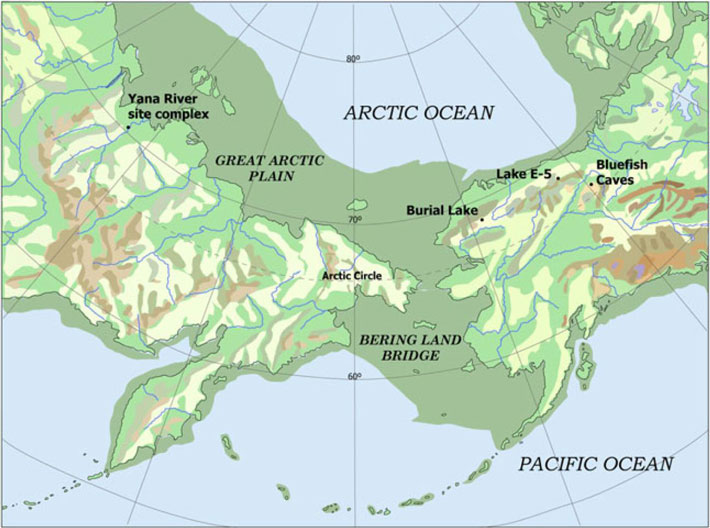 RENO, NEVADA—According to a statement released by Spain’s National Research Center for Human Evolution (CENIEH), a team of researchers led by Richard Scott of the University of Nevada has analyzed more than 1,400 teeth from ancient people who lived in six different geographical regions in Asia and the Americas in an attempt to track the migration of people into North and South America some 16,000 years ago. The scientists evaluated the shapes of the teeth with a program used in forensic examinations to identify the population ancestry of unidentified human remains. This new study supports the results of previous studies based upon archaeological and genetic data, and suggests that Native American populations descended from one population that split from East Asians at the same time. This population may have lived in Beringia for 5,000 to 10,000 years during the last Ice Age before migrating into the Americas. The study also found similarities in the teeth of Native American and Arctic populations, but the likeness diminishes as geographic distance increases between the groups. This may have been caused by the later arrival of Arctic populations to the region and mixing with people already living in the area. For more on the peopling of the Americas, go to "Destination: The Americas."
RENO, NEVADA—According to a statement released by Spain’s National Research Center for Human Evolution (CENIEH), a team of researchers led by Richard Scott of the University of Nevada has analyzed more than 1,400 teeth from ancient people who lived in six different geographical regions in Asia and the Americas in an attempt to track the migration of people into North and South America some 16,000 years ago. The scientists evaluated the shapes of the teeth with a program used in forensic examinations to identify the population ancestry of unidentified human remains. This new study supports the results of previous studies based upon archaeological and genetic data, and suggests that Native American populations descended from one population that split from East Asians at the same time. This population may have lived in Beringia for 5,000 to 10,000 years during the last Ice Age before migrating into the Americas. The study also found similarities in the teeth of Native American and Arctic populations, but the likeness diminishes as geographic distance increases between the groups. This may have been caused by the later arrival of Arctic populations to the region and mixing with people already living in the area. For more on the peopling of the Americas, go to "Destination: The Americas."
Dental Study Tracks Migration to the Americas
